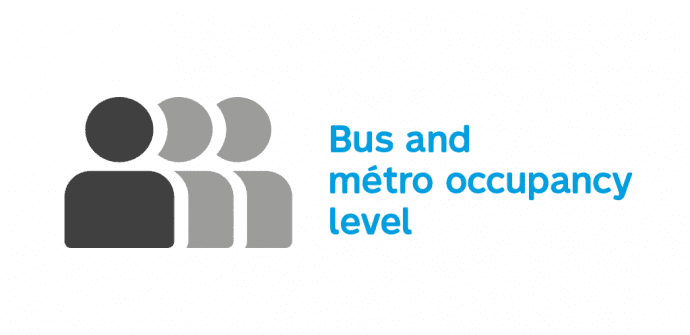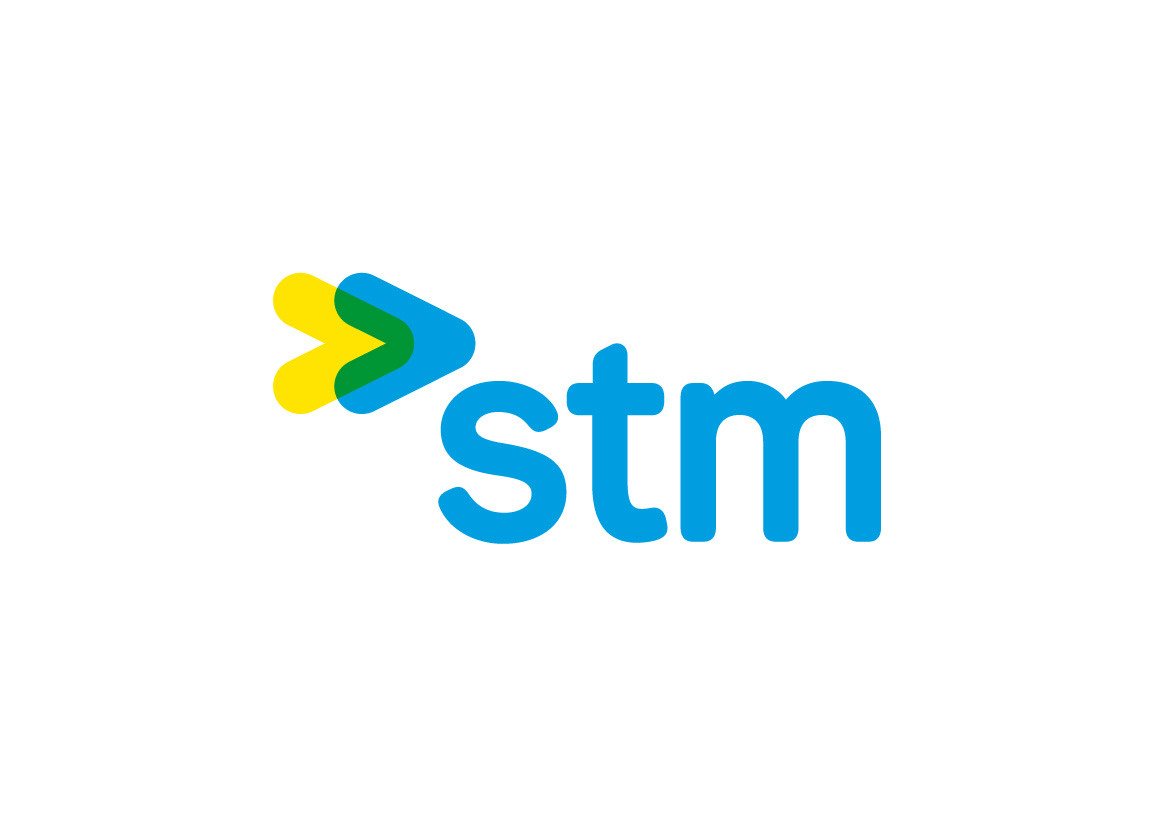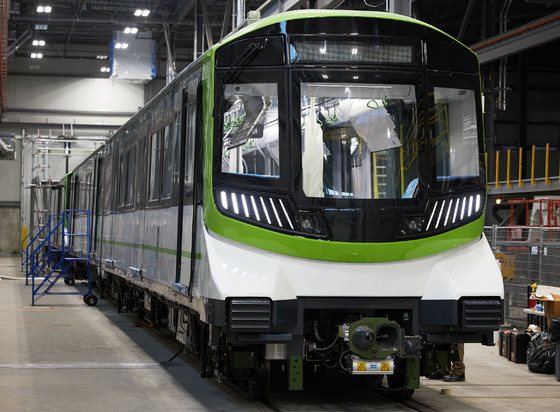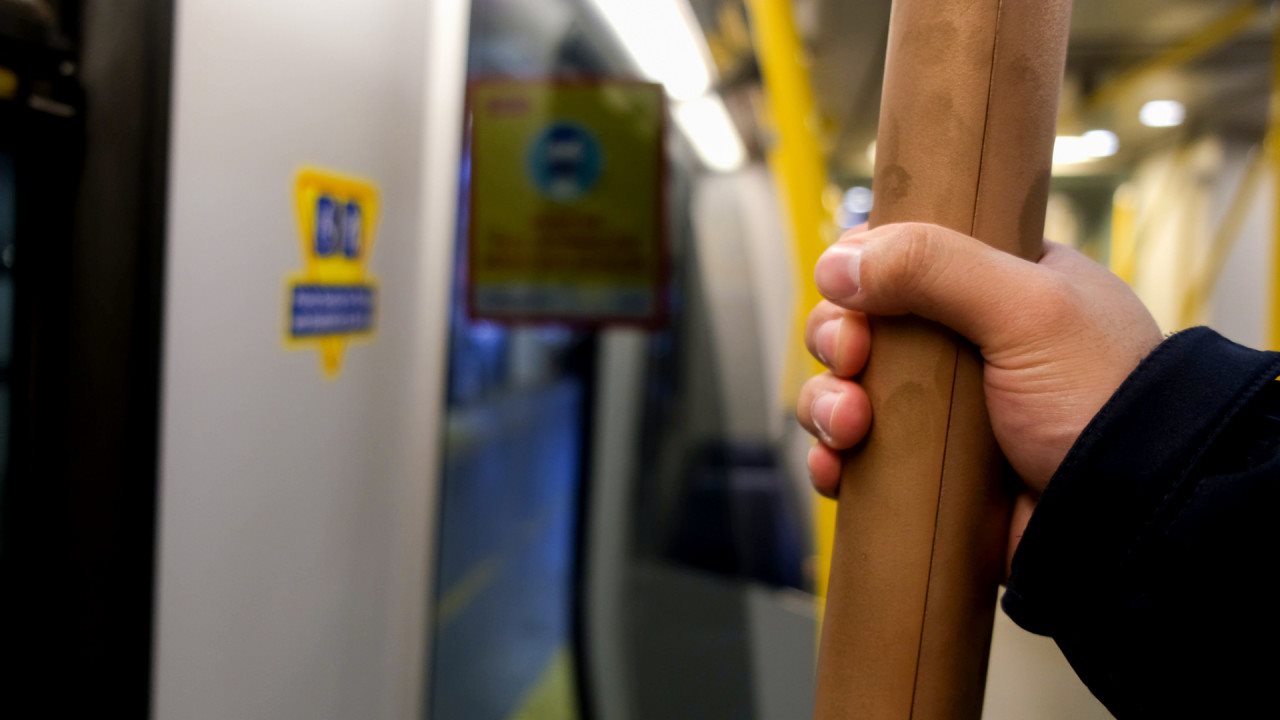Media representatives were invited today for an update on the Réseau express métropolitain project. CDPQ Infra and the REM project office went over the work completed in 2020 and presented the revised schedule that takes into account the impact of COVID-19 and of two major issues identified in the Mont-Royal tunnel as part of its modernization.
REM construction is spread out over more than 20 construction sites across the Greater Montreal area, with more than 2,000 workers and professionals on the job; ultimately, more than 30,000 direct and indirect jobs will be generated during the implementation phase. Every month, more than $100 million is injected into the Quebec economy as the largest public transit project in the last 50 years is built in Quebec. This new transportation network will help transform mobility in the Greater Montreal area.
"In this particular context, we must acknowledge and congratulate the exemplary work carried out by our teams and the health and safety responsables who've had to deal with this exceptional situation while ensuring continuity of operations, work and maintenance on all REM construction sites. Thanks to them, the first rail tests will begin this fall as planned, and the first REM cars will be traveling on the South Shore in the coming weeks," said Macky Tall, President and CEO of CDPQ Infra.
Major milestones were also reached in 2020, with the launch of Alice – the tunnel boring machine – toward the airport and the arrival of the first four REM cars.
COVID-19: an extended shutdown and new measures to be taken
Following the COVID-19-related analysis conducted in the last few months, it is noted that the work shutdown period in early spring, the implementation of health measures due to the pandemic, the impact on the mobility of our specialized workforce, as well as the impact on our supply chain, have resulted in an overall delay of approximately three to six months for all REM construction sites.
Teams are working diligently to find ways to make up for lost time. While the pandemic is still ongoing, the project office continues to closely monitor the situation with relevant authorities.
Major challenges related to the modernization of the Mont-Royal Tunnel After two years of preparatory work while maintaining train traffic, the Mount Royal Tunnel, originally inaugurated in the midst of the Spanish flu pandemic in 1918, was completely closed on May 11th in collaboration with all public transit stakeholders, Mobilité Montréal and the Government of Québec.
This complete closure made it possible to begin the construction work required to modernize this century-old tunnel and add two stations in the very heart of Mount Royal.
However, acquiring full and safe access to the tunnel led the construction crews to identify two major, unforeseen safety issues:
1. Unexpected detonation of a century-old explosive charge:
- On July 20, as excavation began inside the Mont-Royal Tunnel, an unexpected detonation occurred in the tunnel. Work was immediately suspended and thankfully no workers were injured. The investigation and enquiry revealed the most likely cause was that workers intersected an old bore hole containing an explosive charge dating back to tunnel construction in 1912.
- In collaboration with experts and research chairs, strict measures, approved by the Commission des normes, de l'équité, de la santé et de la sécurité du travail (CNESST), have been established in order to safely resume tunnel modernization work in early November.
- These measures include complying with worker exclusion zones during drilling activities and using remote-controlled equipment to ensure the safety of all personnel on-site.
2. Safety issue due to structural deficiencies in the southern section of the tunnel (De Maisonneuve and Central stations):
- While conducting intrusive inspections in the tunnel in downtown Montreal, the teams noted extensive structural degradation of the walls.
- Since no waterproofing membranes were applied to the tunnel walls, the de-icing salts used for years on McGill College Avenue above this section have infiltrated the concrete and corroded the steel columns and beams in the vault, creating a very advanced state of degradation.
- This deterioration calls for immediate measures to avoid potential risks to the structural integrity of McGill College Avenue and therefore requires major reinforcement work. Among different studied options, the option that minimizes the impacts for the City of Montreal and surface users was selected: the tunnel will be reinforced from the inside to ensure its structural integrity.
"Every day, our technical teams do an extraordinary job of minimizing impacts as challenges and obstacles arise. No compromise would be acceptable when it comes to the safety of workers and the public; it is therefore important to take the necessary measures while continuing to manage our schedule in a tight and rigorous manner," said Jean-Marc Arbaud, Executive Director of CDPQ Infra and the REM project office.
Schedule for remaining work: COVID-19 impact and new project scope Due to COVID-19 related impacts, the commissioning of the REM South Shore branch, from Brossard Station to Central Station, is now planned for Spring/Summer 2022, rather than the end of 2021.
The safety issues that have arisen in the Mont-Royal Tunnel will not only slow activities due to the strict safety measures to be followed for drilling the 30,000 planned bore holes, but also due to the added task of reinforcing the southern section of the tunnel. Therefore, the segment between Central Station and Du Ruisseau Station will only be opened in the fall of 2023, rather than spring 2022. We will work closely with public transit partners and Mobilité Montréal so that the transportation measures put in place for users of the Deux-Montagnes and Mascouche lines can remain in place during this period.
The commissioning of the Mont-Royal Tunnel also affects opening the West Island, Deux-Montagnes and Airport branches, since the tunnel lies in the central segment. Furthermore, the approximate 6-month dynamic testing period on the other branches can only begin once the tunnel is commissioned. The opening of the West Island antenna is thus planned for the spring of 2024, rather than fall 2023, including the opening of a segment of the Deux-Montagnes antenna up to the Sunnybrooke station. The complete segment up to Deux-Montagnes will be put into service in the fall of 2024, rather than at the end of 2023.
Finally, for the airport branch, the impacts related to COVID-19 and this test period also added to the delays related to the commissioning of the tunnel boring machine. The opening of this antenna is thus planned for the end of 2024, rather than the end of 2023.
"This has been a significant year from every perspective. I am proud of the work our teams have accomplished, as they work tirelessly to deliver a world-class public transit project for the Greater Montreal area, despite a year plagued by unexpected events. Starting this fall, only two years and a few months after the groundbreaking ceremony, REM cars will be circulating on the South Shore and within a few years the REM will be riding in the Greater Montreal area," asserted Macky Tall, President and CEO of CDPQ Infra.
Source : REM





